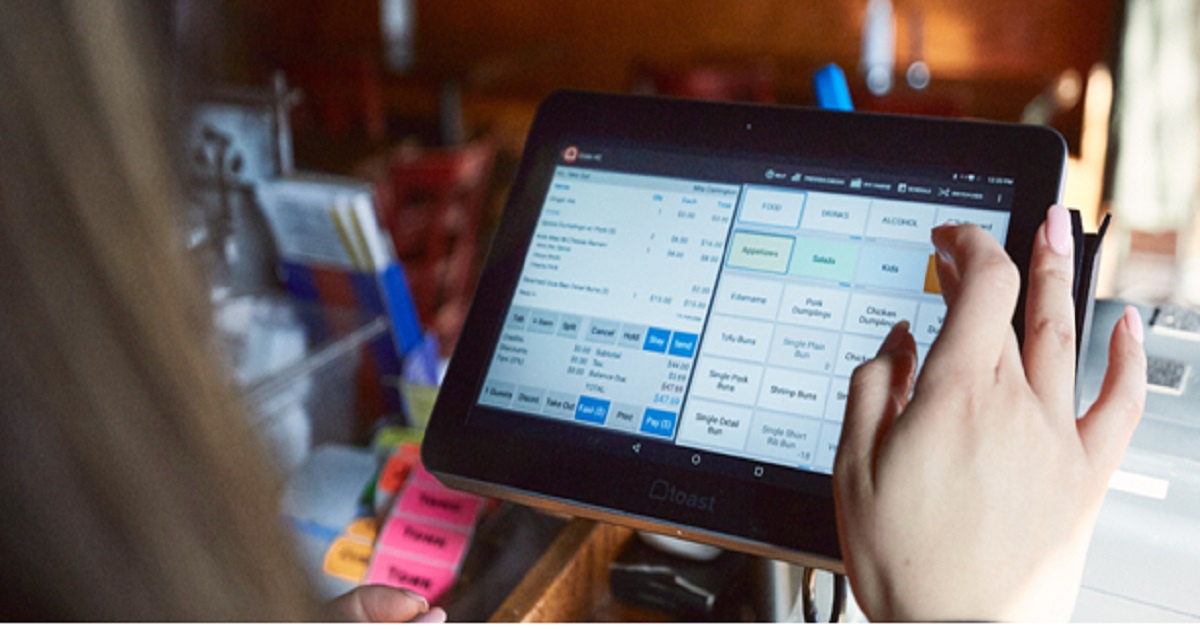With so many restaurant POS systems available in the market, finding one that best suits your business needs cannot be easy. This article will provide you with 10 tips to help you make the right decision and find the best restaurant POS system for your business
Assess Your Restaurant's Needs:
Before diving into the world of POS systems, take the time to evaluate your restaurant's specific requirements. Consider factors such as the size of your establishment, the volume of transactions, the type of cuisine, and any specialized features you may need. Understanding your needs will help you narrow down the options and focus on finding a system that caters to your unique requirements.
Research and Compare POS Software
Visit reputable software comparison websites like Software Advice to research and compare different POS software options. These platforms provide detailed information about various POS systems' features, pricing, user reviews, and ratings. Take advantage of the valuable insights and user experiences shared by others in the industry to understand better what each software offers.
Look for User-Friendly Interfaces
A user-friendly interface is essential for smooth operations and efficient staff training. Look for a POS system that has an intuitive interface and is easy to navigate. A clutter-free design and logical workflow will enable your staff to learn and adapt to the new system quickly, minimizing training time and reducing the chance of errors.
Ensure Compatibility with Existing Hardware
When selecting a POS system, consider your restaurant's existing hardware, such as cash registers, printers, and kitchen display systems. Ensure that the POS software you choose is compatible with your current equipment. Compatibility issues can cause delays, disruptions, and additional expenses, so verifying beforehand is important.
Prioritize Security and Data Protection
In the digital age, data breaches and cyber threats are major concerns. Ensure the POS system you choose prioritizes security and provides robust data protection measures. Look for features such as end-to-end encryption, secure payment processing, and regular system updates to ensure the safety of your customer's personal information and your business data.
Evaluate Reporting and Analytics Capabilities
A good POS system should provide comprehensive reporting and analytics capabilities. These features can offer valuable insights into your restaurant's performance, such as sales trends, inventory management, and customer behavior. Analyzing this data can help you make informed decisions to improve operational efficiency and enhance customer experience.
Consider Scalability and Flexibility
Your restaurant may grow and evolve over time, so choosing a POS system that can scale your business is essential. Consider whether the software can accommodate multiple locations, handle increased transaction volumes, and integrate with other systems or third-party applications. Scalability and flexibility are key factors to future-proof your investment.
Evaluate Customer Support and Training
Reliable customer support and training are crucial for a successful implementation of a POS system. Look for a vendor offering responsive customer support and comprehensive training resources, such as online tutorials, user manuals, and in-person training sessions. A vendor with a dedicated support team can help resolve any issues or answer your questions promptly.
Check for Integration Capabilities
To maximize efficiency, ensure the POS system can integrate with other software or systems you use, such as accounting software, online ordering platforms, or loyalty programs. Integration capabilities eliminate the need for manual data entry and streamline operations across different aspects of your business.
Consider the Total Cost of Ownership
Lastly, it is important for you to consider the total cost of ownership when you compare POS systems. Beyond the upfront costs, consider ongoing fees such as software updates, maintenance, and support. Evaluate the return on investment.


No comments yet